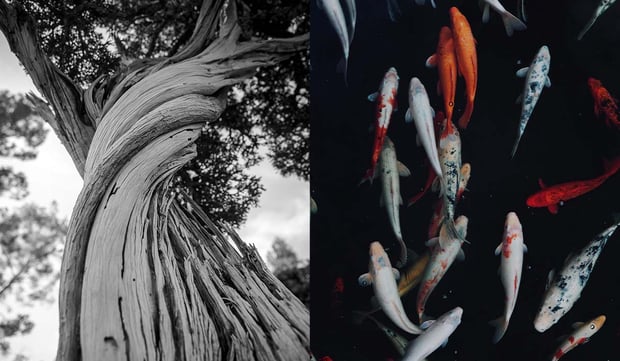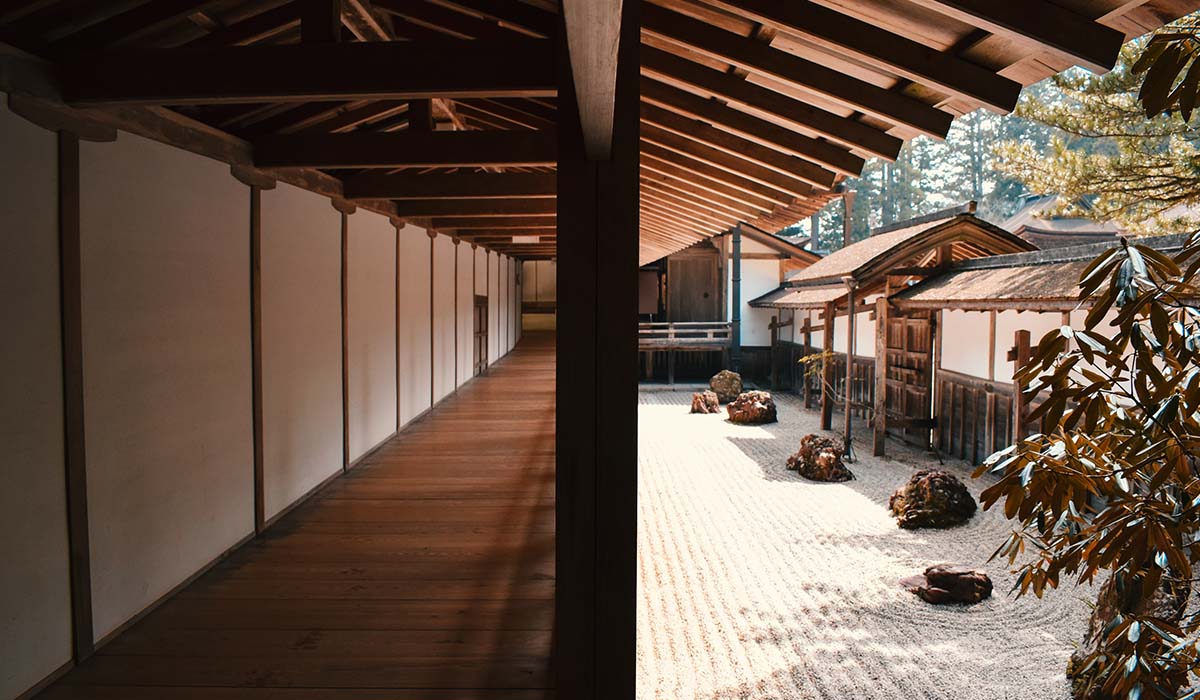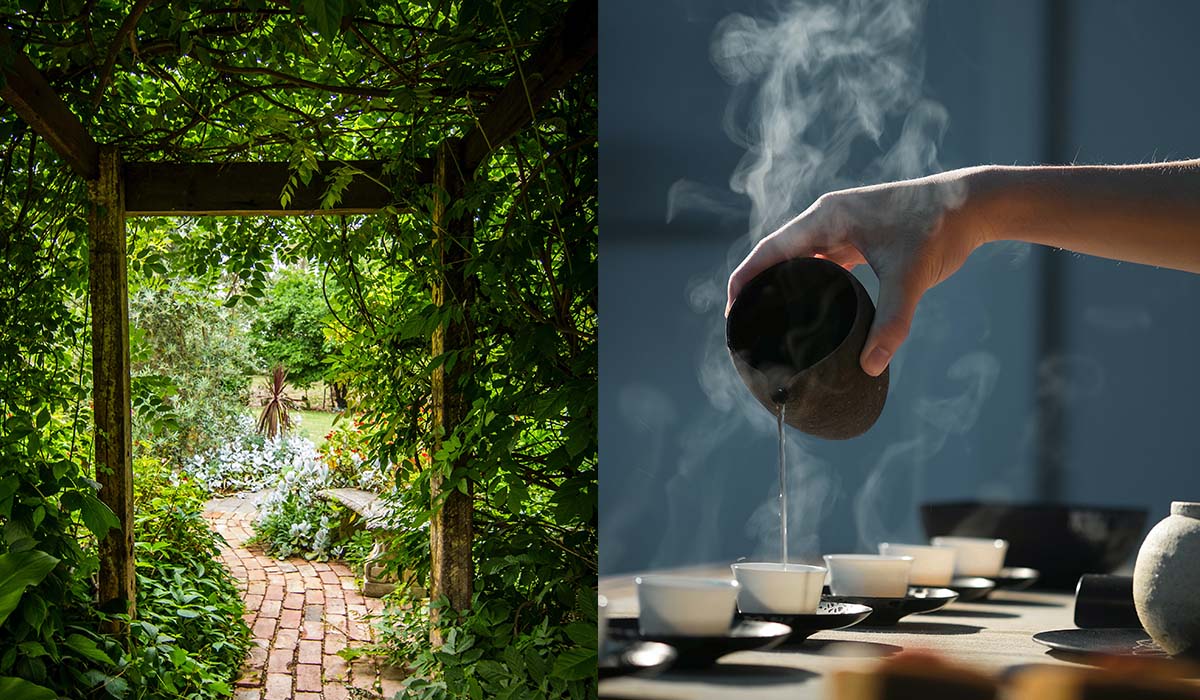Consider the irreversible flow of life among the imperfections of Japan's natural world.
Thoughts of Japanese culture evoke peaceful imaginings of cherry blossoms, ornate fabrics, balanced landscapes, and calming ink paintings. The Japanese lifestyle urges an appreciation for the unexplained beauty of the physical world. From discovering the emphasis on material in Japanese architecture to savoring the encompassing warmth of local onsen, a visit to Japan will teach you to savor the beauty of the moment and accept imperfections in the world around us.
Within Japanese religions and everyday habits, the culture savors moments within the physical world. The act of raking stones in a garden, scooping tea leaves with a worn measure, and the physicality of breath offer acceptance of imperfection. This acceptance, also known as wabi-sabi, is deeply rooted in Japanese history.

The Definition of Wabi-Sabi
This way of thinking draws beauty and meaning from the natural imperfections of the world. In Wabi Sabi: The Japanese Art of Impermanence, Andrew Juniper defines wabi-sabi as "an intuitive appreciation of ephemeral beauty in the physical world that reflects the irreversible flow of life in the spiritual world.” More of a feeling than an object, this acceptance of imperfections and the flow of life is everywhere and nowhere. From a cracked teapot to wrinkles on an aging face, wabi-sabi is a spiritual connection to the physical world.
 Where it Comes From
Where it Comes From
In religions, art, politics, and social habits we shape meaning in our lives with the values we hold dear. Western philosophy books break down the meaning of life with the theories of academia, while eastern philosophy has adopted an entirely different method of learning. The tea ceremonies, chants, pilgrimages, and teachings of Zen tradition all root themselves in the philosophy of wabi-sabi defined by Sen No Rikyū.
According to legend, Sen No Rikyū wanted to learn the codes of the ancestral tea ceremony so he found a renowned tea master, Takeeno Joo. Takeeno wanted to see if Rikyū would be a good apprentice and asked him to care for the garden. Rikyū raked the garden, but before presenting it to his master, he knocked on the nearby tree, dropping flowers on the newly groomed garden floor. The blossoms offered a beautiful touch of imperfection and wabi-sabi was born.
 Modern adaptations
Modern adaptations
In the Eastern world tea ceremonies, artwork, and in-between moments honor the feelings of wabi-sabi, however, the western world has fostered the acceptance of imperfection in wellness and lifestyle. From celebrating imperfection, spending more time outside, and reflecting on our needs to practicing gratitude and appreciating vulnerability, we can all incorporate a bit of Wabi-Sabi into our lives.
 Discovering Abroad
Discovering Abroad
While it is not difficult to incorporate the ideas of wabi-sabi at home, visiting Japan can invoke precious feelings of serenity. The atmosphere of Japan enables us to appreciate the moments of imperfections as celebrated by an entire community. The best way to incorporate Rikyū's practices is to see them in action. Discover this incredible nation and the feelings of imperfection found throughout.





